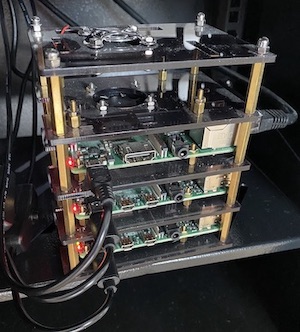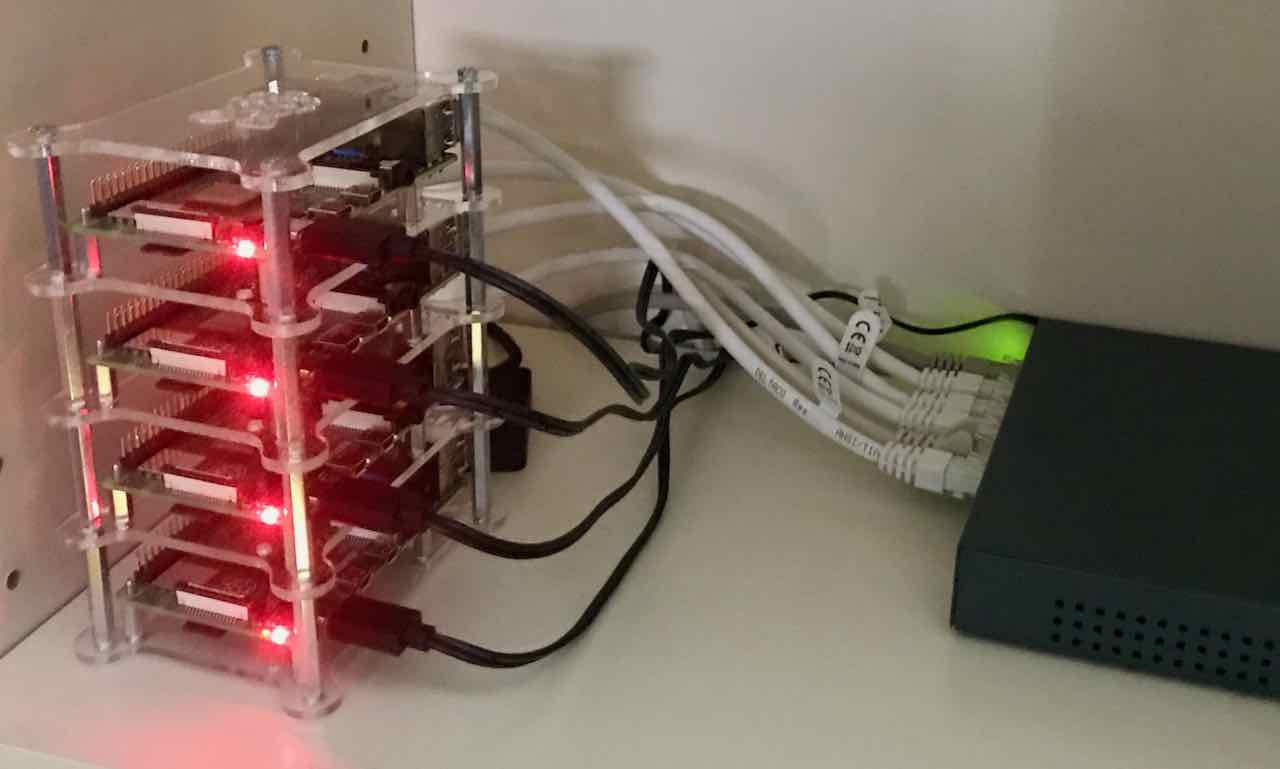

- UPDATE DOCKER AND KUBERNETES ON PI HOW TO
- UPDATE DOCKER AND KUBERNETES ON PI INSTALL
- UPDATE DOCKER AND KUBERNETES ON PI UPDATE
- UPDATE DOCKER AND KUBERNETES ON PI UPGRADE
- UPDATE DOCKER AND KUBERNETES ON PI SOFTWARE
The Raspberry Pi is a good fit for Jenkins when handling basic tasks and compilation of small ARM programs.
UPDATE DOCKER AND KUBERNETES ON PI SOFTWARE
Jenkins is an open-source automation server designed to help automate tasks for software development. View the pods on the Default Namespace: $ sudo kubectl get podsĭeploy a pod for testing: $ sudo kubectl run nginx-test -image nginx Rpi4a Ready control-plane,master 9m20s v1.21.3+k3s1 It would read as follow: $ cat /boot/cmdline.txtĬonsole=serial0,115200 console=tty1 root=PARTUUID=f4e95423-02 rootfstype=ext4 elevator=deadline fsck.repair=yes rootwait cgroup_memory=1 cgroup_enable=memory The issue can be resolved after adding cgroup_memory=1 cgroup_enable=memory to the end of /boot/cmdline.txt, and after that doing a reboot.
UPDATE DOCKER AND KUBERNETES ON PI UPDATE
Looking for the error, is an issue on RPI 4 Model Bs caused by the lastest kernel update which broke the ‘cgroup’. See "systemctl status k3s.service" and "journalctl -xe" for details. Job for k3s.service failed because the control process exited with error code. systemd: Creating service file /etc/systemd/system/k3s.serviceĬreated symlink /etc/systemd/system//k3s.service → /etc/systemd/system/k3s.service. env: Creating environment file /etc/systemd/system/ Creating uninstall script /usr/local/bin/k3s-uninstall.sh Creating killall script /usr/local/bin/k3s-killall.sh Creating /usr/local/bin/ctr symlink to k3s Creating /usr/local/bin/crictl symlink to k3s Creating /usr/local/bin/kubectl symlink to k3s The installation is pretty easy: $ curl -sfL | sh. Easy to install, half the memory, all in a binary of less than 100 MB. Now we are going to deploy a single node cluster, using K3S, a lightweight Kubernetes flavor developed from Rancher company. This message shows that your installation appears to be working correctly.

Let’s check the Docker version $ docker -versionĪnd finally we can run a test container $ docker run hello-world Now we need to add our user to the docker group if we want to use with sudo $ sudo usermod -aG docker $USER
UPDATE DOCKER AND KUBERNETES ON PI INSTALL
To install Docker on our Rpi we can use the automatic installer: $ curl -fsSL -o $ sudo sh get-docker.sh The default password for the pi user is raspberry, we need to change that $ passwd Note: full-upgrade is used in preference to a simple upgrade, as it also picks up any dependency changes that may have been made.
UPDATE DOCKER AND KUBERNETES ON PI UPGRADE
Next, upgrade all your installed packages to their latest versions with the following command: $ sudo apt full-upgrade Before installing software, you should update your package list with apt update. Sudo raspi-config -> System Options -> HostnameĪPT keeps a list of software sources on your Pi in a file at /etc/apt/sources.list. On both Rpi we need to change the default hsotname. Set Hostname, update packages and change password Start and Enable SSH on Boot: $ sudo systemctl start $ sudo systemctl enable ssh Note: we can also do the same with the command sudo raspi-config -> System Options -> Wireless LAN $ cat /etc/wpa_supplicant/wpa_nfĬtrl_interface=DIR=/var/run/wpa_supplicant GROUP=netdev We only need to edit the wpa_supplicant with the SSID and the Password. for that reason, we need to enable an SSH connection and configure the Wi-FI connection. It is more convenient to connect to our Raspberry PI using SSH.
UPDATE DOCKER AND KUBERNETES ON PI HOW TO
How to use Raspberry Pi Imager on 46 seconds video: I will use the minimal installation without Desktop. Put the SD card you’ll use with your Raspberry Pi into the reader and run Raspberry Pi Imager. Download and install Raspberry Pi Imager to a computer with an SD card reader.


 0 kommentar(er)
0 kommentar(er)
